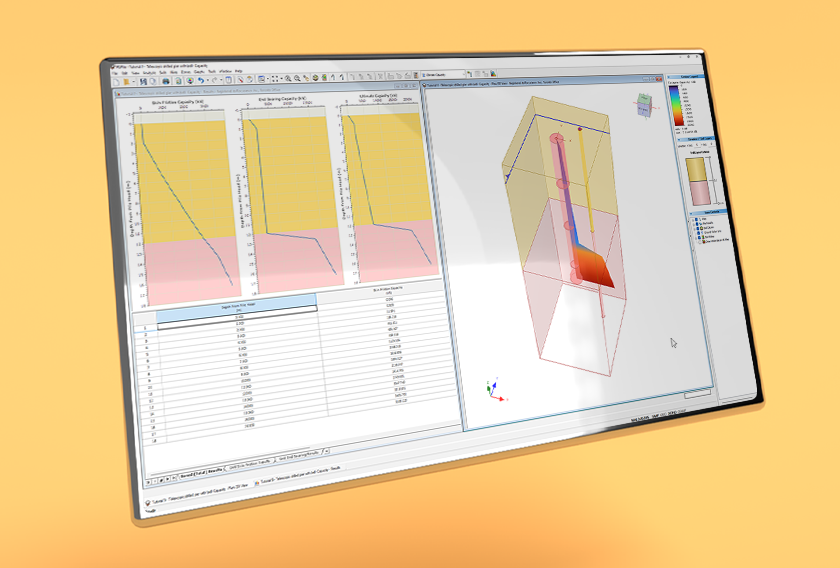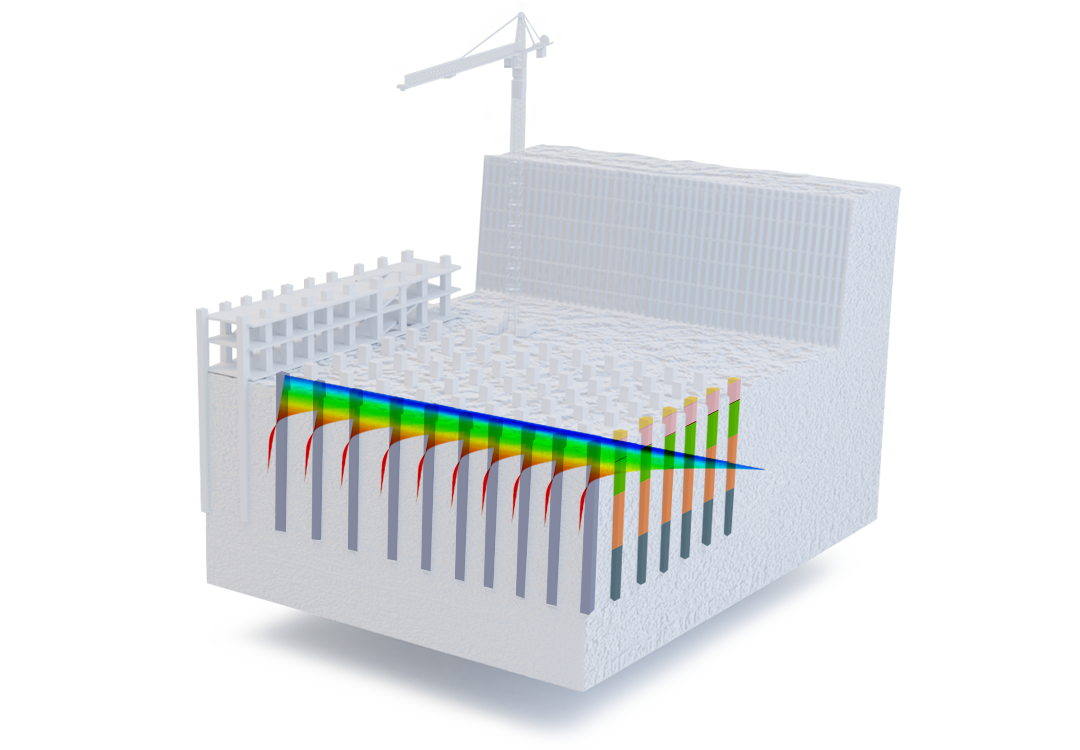Knowledge of pile capacity over a long period of time after the end of initial driving is important for proper design, construction and estimation of the cost of pile foundations. The ultimate objective of any foundation is to transfer load from a structure to the soil below it. Piles have to withstand design loads for a long period of time. Therefore the consequences of soil modification around the pile are essential with respect to changes of pile capacity. During pile installation, the soil around the pile experiences plastic deformations, remoulding, and pore pressure changes. Excess pore water pressure developed during driving reduces the effective soil shear strength and ultimate pile capacity. After the completion of pile driving, soil reconsolidation in cohesive soils, manifested by the dissipation of excess pore pressure at the soil-pile interface zone, is usually accompanied by an increase in pile capacity (soil set-up). The amount of increase in pile capacity and the time required for return of equilibrium conditions depend on soil properties and pile characteristics.
Assessment of pile capacity as a function of time is, of course, important in the design and construction of pile foundations. Having knowledge of general tendencies of pile capacity with time after driving would certainly be beneficial in economical standpoint. Such information may be used during construction to reduce the design penetration and pile capacity at the end of initial driving and also to choose relevant time for dynamic testing at restrikes or static loading test.



Organizer
Webinar Details
Date – 22nd February 2023
Time – 1.30 PM IST
Webinar Speaker
Dr. Ahmed Mufty– Ph.D, P.Eng. Geotechnical Engineering Expert
